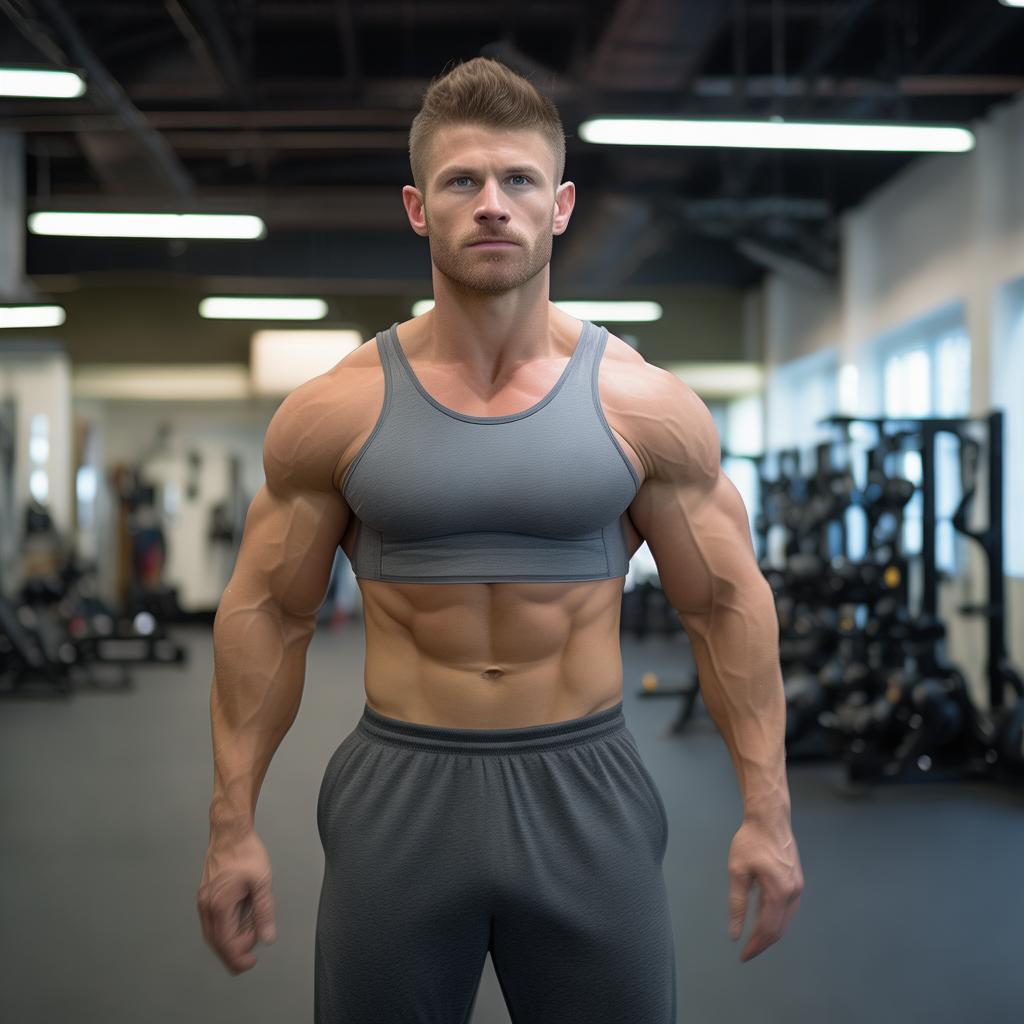The Significance of Shoulder Exercises
In the realm of fitness, many body – builders love to flaunt their well – developed pectoral muscles, backs, and arms on social media. However, the shoulders also hold great importance. The shoulders play a crucial role in assisting the smooth execution of upper – limb fitness activities. Weak shoulder strength can have a negative impact on the entire upper – limb movement, making it essential to strengthen shoulder exercises.
The Physiology of Shoulder Muscles
For those dreaming of broad shoulders, there’s no need to worry about genetic factors. Targeted exercises on the shoulder muscles can achieve the desired results. The shoulder muscles are mainly composed of the deltoid muscle, which is a large muscle group divided into three parts: the middle, front, and rear fascicles. To comprehensively develop the shoulder muscles, it is necessary to stimulate these three muscle parts. Here are some key points about choosing the right movements, catching movement details, and a shoulder training program.
Common Shoulder Exercises and Their Details
Some of the frequently – used movements include the standing apparatus side planks, the dumbbell front planks, and the dumbbell upper incline flyes.
1. Standing Side Planks (Targets the Middle Deltoid)
Detail 1: Let the elbow take the lead in the movement. Use the elbow to drive the upper arm up or down, which can strongly contract the deltoid and reduce the stress on the rotator cuff muscle group in the shoulder, thus minimizing the risk of shoulder injury.
Detail 2: At the highest point of the movement, rotate the wrist. It’s like carrying two kettles of water forward, which activates more of the lateral deltoid muscle groups and enhances the effectiveness of the exercise.
Detail 3: Grip the dumbbell with an appropriate strength. A too – tight grip will increase the force on the forearm, leading to compensatory force in the forearm and affecting the sensation of deltoid stimulation.
Detail 4: Select the weight according to your strength. The middle bundle is a slow – muscle fiber, more suitable for high – repetition and large – capacity exercises. A too – heavy weight will reduce the number of repetitions and affect the contraction of the middle bundle of the deltoid muscle.
Detail 5: Control the centrifugal contraction. Avoid being random, relaxed, and out of control of the muscle tone. Sustain muscle tension at the bottom.
2. Dumbbell Front Planks (Works the Anterior Deltoid Fasciculus)
Detail 1: Be cautious not to choose a weight beyond your capacity. A too – heavy weight will not only nullify the effect of anterior deltoid exercise but also cause shoulder injury and hinder the completion of shoulder exercises.
Detail 2: Control the speed of the dumbbells. Lift them up quickly and lower them slowly, that is, perform centripetal contraction quickly and centrifugal contraction slowly.
Detail 3: Concentrate on the anterior deltoid muscle and allow it to contract and fire to the maximum extent.
3. Dumbbell Upward Incline Flying Bird (Targets the Posterior Deltoid Muscle)
Detail 1: Adjust the angle of the upper incline bench, keeping it between 30 – 45 degrees. A larger front incline will increase the stress on the forearms and cause pronatorial force.
Detail 2: Keep the elbows open but do not let them exceed the shoulders. Otherwise, it will increase the stress on the shoulder joint and may lead to exercise – related injuries in the long run.
Detail 3: At the highest point of the movement, try to keep the hands squared up, and at the lowest point, have the palms facing up to extend the stimulation of the deltoids.
Shoulder Training Programme
1. For standing side planks, perform an increasing number of reps in 4 sets: 10, 12, 15, and 20 reps respectively, until exhaustion.
2. Do 3 sets of dumbbell front planks, with 15 reps in each set.
3. Do 4 sets of upper incline dumbbell flyes, with 4, 6, 8, and 10 reps in each set.





